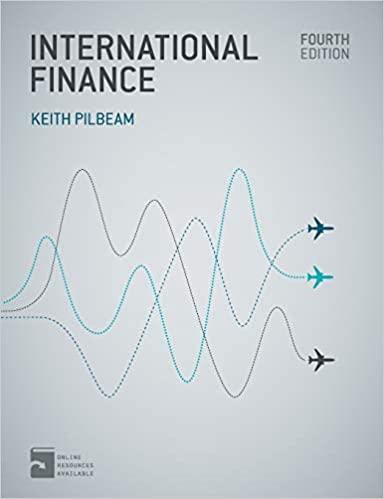10. Corporate valuation model The corporate valuation model, the price-to-earnings (P/E) multiple approach, and the economic value added (EVA) approach are some examples of valuation techniques. The corporate valuation model is similar to the dividend-based valuation that you've done in previous problems, but it focuses on a firm's free cash flows (FCFS) instead of its dividends. Some firms don't pay dividends, or their dividends are difficult to forecast. For that reason, some analysts use the corporate valuation model. Charles Underwood Agency Inc. has an expected net operating profit after taxes, EBIT(1 - 1), of $17,400 million in the coming year. In addition, the firm is expected to have net capital expenditures of $2,610 million, and net operating working capital (NOWC) is expected to increase by $30 million How much free cash flow (FCF) is Charles Underwood Agency Inc. expected to generate over the next year? $14,820 million $19,980 million $14,760 million $321,693 million Charles Underwood Agency Inc.'s FCFs are expected to grow at a constant rate of 3.90% per year in the future. The market value of Charles Underwood Agency Inc.'s outstanding debt is $85,154 million, and its preferred stocks' value is $47,308 million. Charles Underwood Agency Inc. has 450 million shares of common stock outstanding, and its weighted average cost of capital (WACC) equals 11.70%. Term Value (Millions) Total firm value Intrinsic value of common equity Intrinsic value per share Charles Underwood Agency Inc.'s FCFs are expected to grow at a constant rate of 3.90% per year in the future. The market value of Charles Underwood Agency Inc.'s outstanding debt is $85,154 million, and its preferred stocks' value is $47,308 million. Charles Underwood Agency Inc. has 450 million shares of common stock outstanding, and its weighted average cost of capital (WACC) equals 11.70%. Term Value (Millions) Total firm value Intrinsic value of common equity Intrinsic value per share Using the preceding information and the FCF you calculated in the previous question, calculate the appropriate values in this table. Assume the firm has no nonoperating assets Grade It Now Save & Continue Continue without saving








